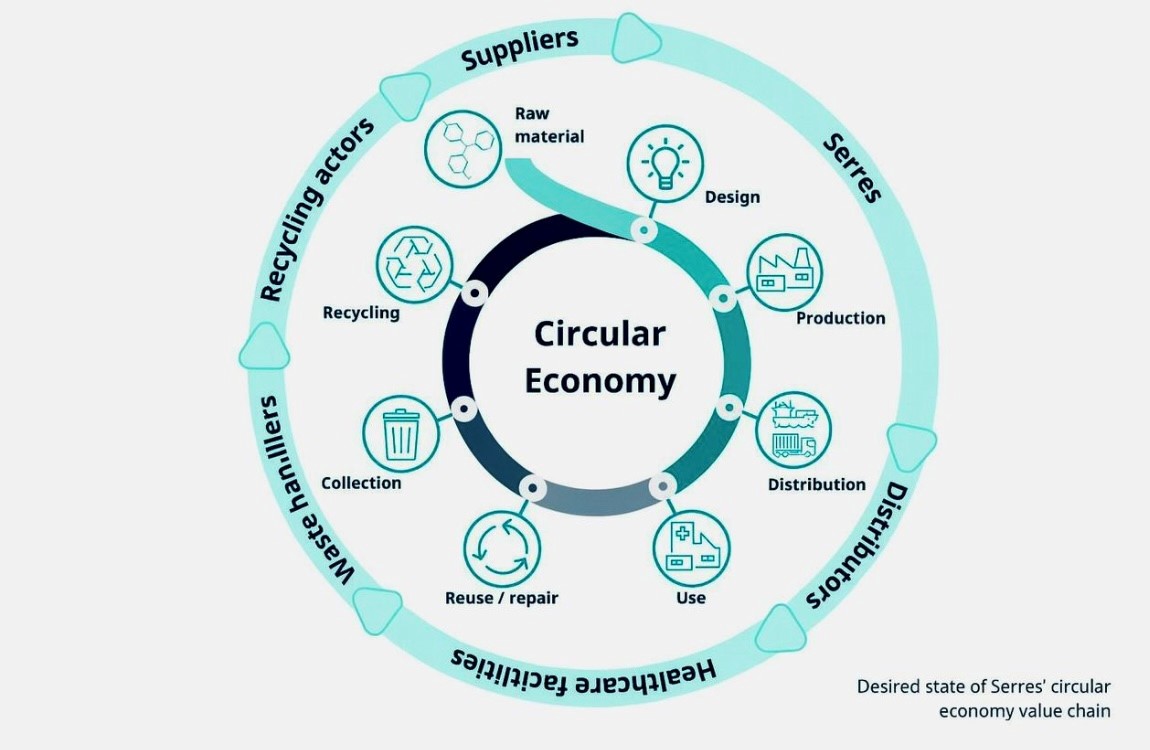As the global climate crisis deepens, 2025 emerges as a defining year for sustainability—one where bold innovation, strategic foresight, and systemic transformation intersect. Drawing on insights from Nesta’s expert analysis, five pivotal trends are poised to reshape how industries, governments, and communities address environmental imperatives:
1. Accelerating the Renewable Energy Transition
Despite persistent geopolitical and economic headwinds, the outcomes of COP28 have significantly galvanized global momentum toward clean energy. Investments in wind, solar, and low-carbon power systems are scaling rapidly, with financial commitments for developing nations projected to triple by 2035. This signals a profound structural shift—accelerating the integration of renewables across transport, infrastructure, and industrial sectors.
2. Embedding Circularity and Biodiversity in Value Creation
Circular economy principles are gaining prominence as businesses pivot from linear models to regenerative approaches. Strategies such as revalorizing waste, advancing regenerative agriculture, and reviving ecosystems are driving dual impact—enhancing biodiversity while contributing to net-zero goals. These models are not only ecologically restorative but also economically viable, forging a new path for sustainable growth.
3. Technology as a Catalyst for Sustainable Transformation
Emerging technologies are transforming sustainability from aspiration to execution. AI-driven supply chain analytics, satellite-based remote sensing, and real-time emissions monitoring are empowering organizations to quantify, optimize, and report their environmental impact with unprecedented precision. This tech-enabled approach is becoming essential for identifying operational inefficiencies, improving traceability, and achieving ESG targets at scale.
4. Next-Generation Transparency and ESG Accountability
Regulatory landscapes are evolving rapidly. Frameworks such as the EU’s Corporate Sustainability Reporting Directive (CSRD) and updates from the U.S. Securities and Exchange Commission (SEC) are mandating comprehensive sustainability disclosures. The adoption of double materiality—requiring firms to report on both financial and environmental/social outcomes—reflects a broader shift toward holistic accountability and long-term stakeholder value.
5. Building Climate Resilience into Core Strategy
With climate-induced disasters such as wildfires, floods, and hurricanes on the rise, resilience is no longer optional—it’s imperative. Forward-looking organizations are embedding climate risk mitigation into infrastructure design, operational planning, and supply chain management. Proactive investment in adaptation not only safeguards assets and communities but also enhances long-term competitiveness in a volatile climate era.



